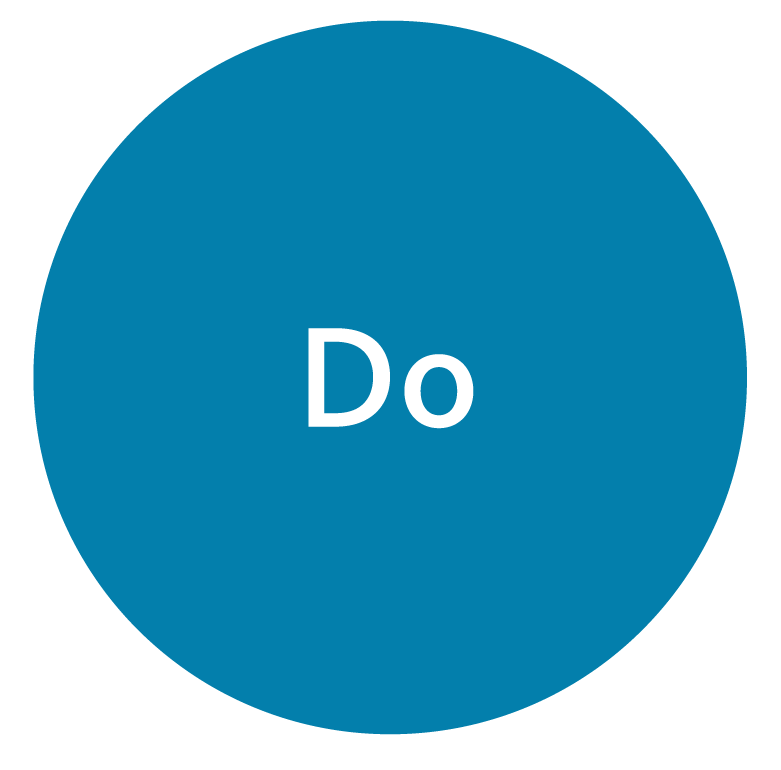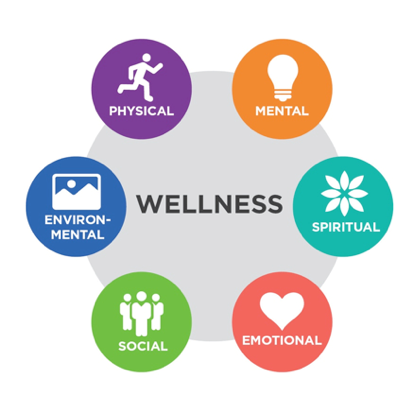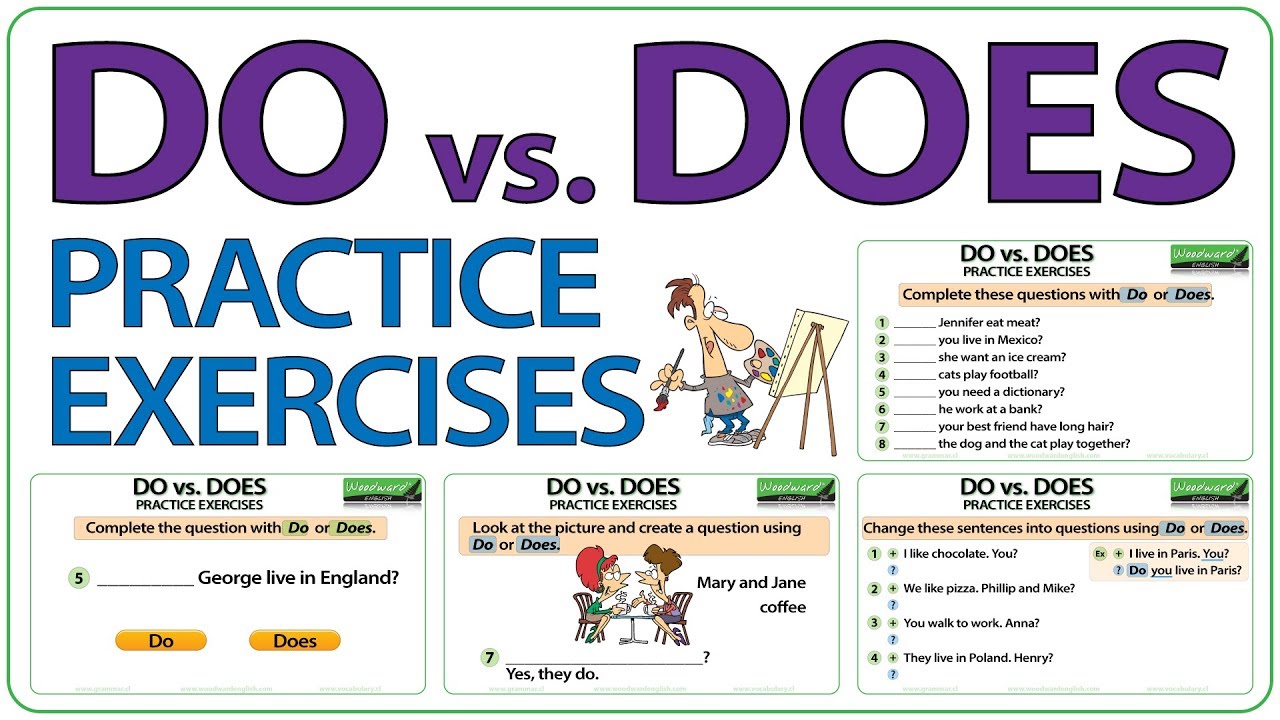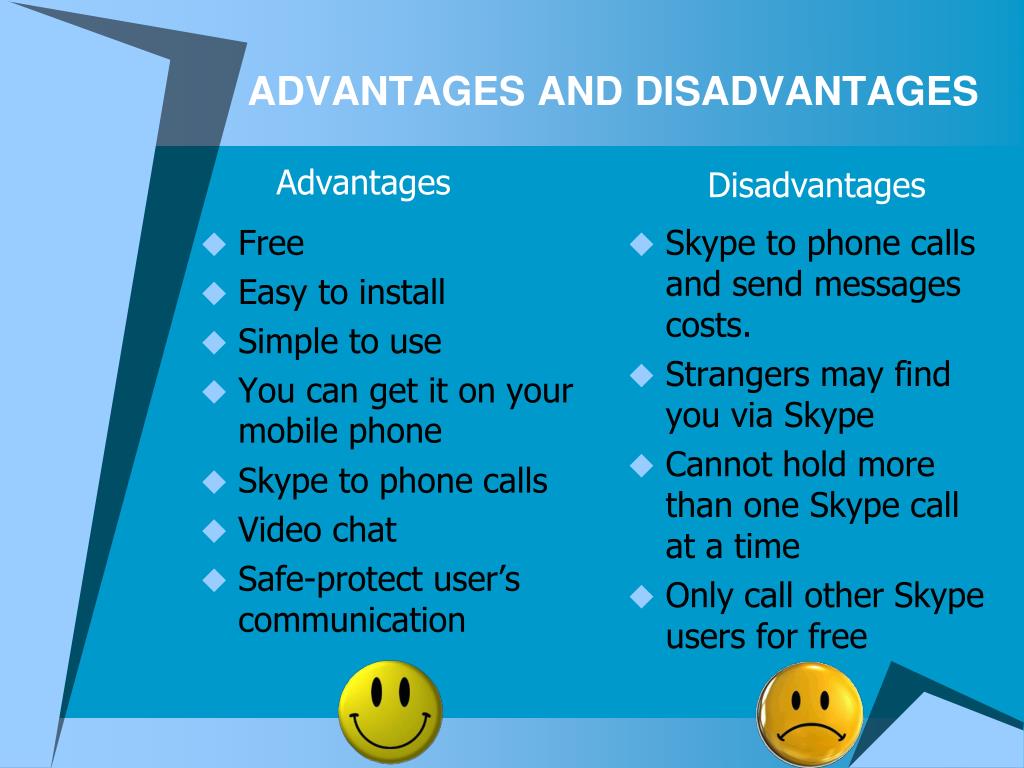Transforming Your Health: How to Move Forward on the Wellness Continuum
Understanding the Health and Wellness Continuum
The health and wellness continuum, sometimes known as the illness-wellness continuum, is a framework that illustrates health as a dynamic, ongoing process rather than a fixed state. On one end lies premature death and severe illness, while high-level wellness and optimal functioning are on the other. Between these extremes, people move through various phases-disability, symptoms, signs, awareness, education, and growth-reflecting their physical, emotional, mental, social, environmental, and spiritual well-being [1] [2] . This continuum is not static; people can move forward or backward depending on their lifestyle choices, circumstances, and proactive efforts.
Key Components of the Health Continuum
To understand how to change your place on the continuum, it’s essential to grasp its six core components:

Source: envocabulary.com
- Physical health : Your body’s overall condition, strength, and ability to function.
- Emotional health : The capacity to manage feelings and cope with life’s stresses.
- Mental health : Cognitive functioning, resilience, and psychological well-being.
- Social health : Your ability to form supportive relationships and interact with others.
- Environmental health : The quality of your surroundings and their impact on your well-being.
- Spiritual health : A sense of meaning, purpose, and connection beyond oneself [1] .
These domains interact continuously; improvement or decline in one area often affects the others.
How People Move Along the Health and Wellness Continuum
Your position on the continuum is shaped by the choices you make each day. Moving toward wellness requires intentional change and a willingness to adopt healthier behaviors. Here’s a step-by-step breakdown of how people can shift their place on the continuum:
1. Increase Awareness
The first step is self-awareness . Recognize your current state in each health dimension. For example, do you often feel tired or stressed? Are you satisfied with your relationships? Regular self-check-ins, journaling, or using wellness assessment tools can help you identify areas for growth [3] .
Example: Someone notices persistent fatigue and realizes it may stem from poor sleep habits. This awareness prompts further investigation and action.
2. Seek Education and Information
Once you’re aware of areas needing improvement, seek reliable information. This could involve consulting health professionals, reading credible sources, or attending wellness seminars. Accurate knowledge empowers you to make informed decisions.
Implementation: If you want to improve nutrition, you might speak with a registered dietitian or use government resources such as the USDA’s MyPlate guidelines. For mental health, you can look for resources through organizations like the National Alliance on Mental Illness (NAMI).
3. Set Personal Goals
Establish clear, realistic goals for improvement. Instead of vague intentions like “I want to be healthier,” set specific targets such as “I will walk 30 minutes five times per week” or “I will practice mindfulness meditation for 10 minutes daily.” Breaking larger goals into smaller, measurable steps increases motivation and makes progress easier to track.
Alternative approaches: Use mobile apps or wellness journals to monitor your progress and celebrate milestones.
4. Take Action-Adopt Healthy Behaviors
Lasting change comes from consistent actions. Focus on evidence-based habits:
- Physical Health: Engage in regular exercise, balanced eating, sufficient hydration, and adequate sleep.
- Mental and Emotional Health: Manage stress through relaxation techniques, therapy, or support groups. Prioritize activities that foster resilience, such as journaling or creative hobbies.
- Social Health: Nurture relationships through communication, empathy, and shared activities. Join community groups or volunteer to expand your social network.
- Environmental Health: Maintain a clean, safe living environment. Reduce exposure to pollution and toxins by using eco-friendly products when possible.
- Spiritual Health: Explore activities that give your life meaning, such as meditation, volunteering, or connecting with nature.
Potential challenges: Forming new habits can be difficult. If you encounter setbacks, reflect on your motivations and adjust your approach. Seeking support from friends, family, or professionals can make sustained change easier.
5. Monitor Progress and Adapt
Regularly assess your progress. Use self-reflection, wellness scales, or feedback from health professionals to determine if your actions are moving you toward your goals. Be flexible and willing to modify your strategies as needed. If you notice improvement in energy, mood, or relationships, recognize these as signs of positive change.
Example: After a month of consistent exercise and improved sleep, you may find your mood stabilizing and your stress levels decreasing. Celebrate these achievements and set new goals as you advance.
6. Address Setbacks with Resilience
Movement on the continuum is not always linear. Life events such as illness, loss, or stress can cause setbacks. Rather than viewing these as failures, consider them temporary pauses. Use setbacks to identify triggers, learn coping strategies, and seek help when necessary.
Alternative approaches: If you experience persistent mental health challenges, consult licensed professionals. In the U.S., you can locate mental health services by searching for local clinics, consulting your primary care provider, or visiting the official website of the Substance Abuse and Mental Health Services Administration (SAMHSA).

Source: dreamstime.com
Accessing Health and Wellness Resources
Practical access to wellness services depends on your location, needs, and available resources. Here’s how you can find support:
- Consult your primary care provider for assessments and referrals.
- Search for community health centers or local wellness programs using terms like “community health center near me” or “local wellness workshops.” Many offer sliding-scale fees or free services.
- To access mental health support, contact your insurance company for a list of covered therapists, or use reputable directories like Psychology Today. You can also visit the official SAMHSA website or call their national helpline for guidance.
- For nutrition, fitness, or lifestyle coaching, verify credentials and reviews before engaging with providers. Government resources such as the CDC and USDA offer free, evidence-based health information.
- If you are a student, employee, or member of a large organization, check if wellness programs or employee assistance programs are available through your institution.
Step-by-step guidance:
- Identify your specific area of need (e.g., nutrition, mental health, fitness).
- Use reputable search terms and directories to locate services.
- Confirm the legitimacy of any organization or practitioner through reviews, certifications, or official listings.
- Contact providers by phone or email to inquire about services, costs, and availability.
- Schedule an initial consultation or attend an introductory workshop to assess fit.
Overcoming Barriers to Wellness
Common obstacles include lack of time, motivation, social support, or financial resources. Here are strategies to overcome them:
- Start small-commit to one change at a time.
- Enlist a friend or family member for accountability.
- Take advantage of free or low-cost community resources, such as public parks, online exercise videos, or local support groups.
- Set reminders and schedule wellness activities into your daily routine.
Key takeaway: Every positive choice, no matter how small, moves you toward greater wellness. The continuum is a lifelong journey, not a one-time destination.
References
[1] Study.com (2024). Health Continuum: Definition, Examples & Components.
[2] Veggies Don’t Bite (2021). Understanding the Illness Wellness Continuum.
[3] Canada.ca (2025). The Mental Health Continuum Model (MHCM).
[4] TheWellspring.com. Key Concept #1: The Illness-Wellness Continuum.
MORE FROM lowcostbotox.com













